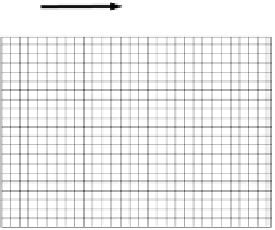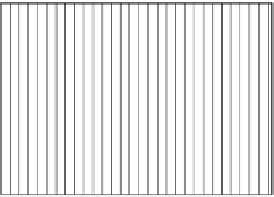Biology Reference
In-Depth Information
(B). In the former case, successful offspring are forced to establish in a
more “shared” area, increasing gene exchange and inhibiting localized
differentiation. In the latter case (B), individuals at one end can disperse
further from individuals at the opposite end, and terminal founders can also
have relatively higher reproduction rates since there are more grid points
available to them where competition with offspring from other individuals
will be lacking. Under certain conditions (e.g., certain dispersal distance
settings), these factors can lead to more localized breeding among more
related individuals (inbreeding), causing F to increase.
A
B
C
Fig. 8.9
When founders are placed near the origin (A), successful offspring can be dispersed
in only two directions (up and/or right: see arrows) initially, and thus surviving offspring are
forced to occupy a more “shared” area, increasing gene exchange. If the founders are placed
internally (B), successful offspring can (1) be dispersed in more directions (up or down, and/
or left or right), and thus individuals at each end of a founding row can have offspring at
greater distances from one another, and (2) individuals at either end have more unique grid
points available to them where “competition” from other individuals for the occupancy of a
grid point will not occur, increasing their relative rate of reproduction and offspring isolation.
These factors may lead to more localized inbreeding. If the above is true, then in C, moving the
line of founders to the right (and not up) should thus increase the F value compared to A.


















Search WWH ::

Custom Search